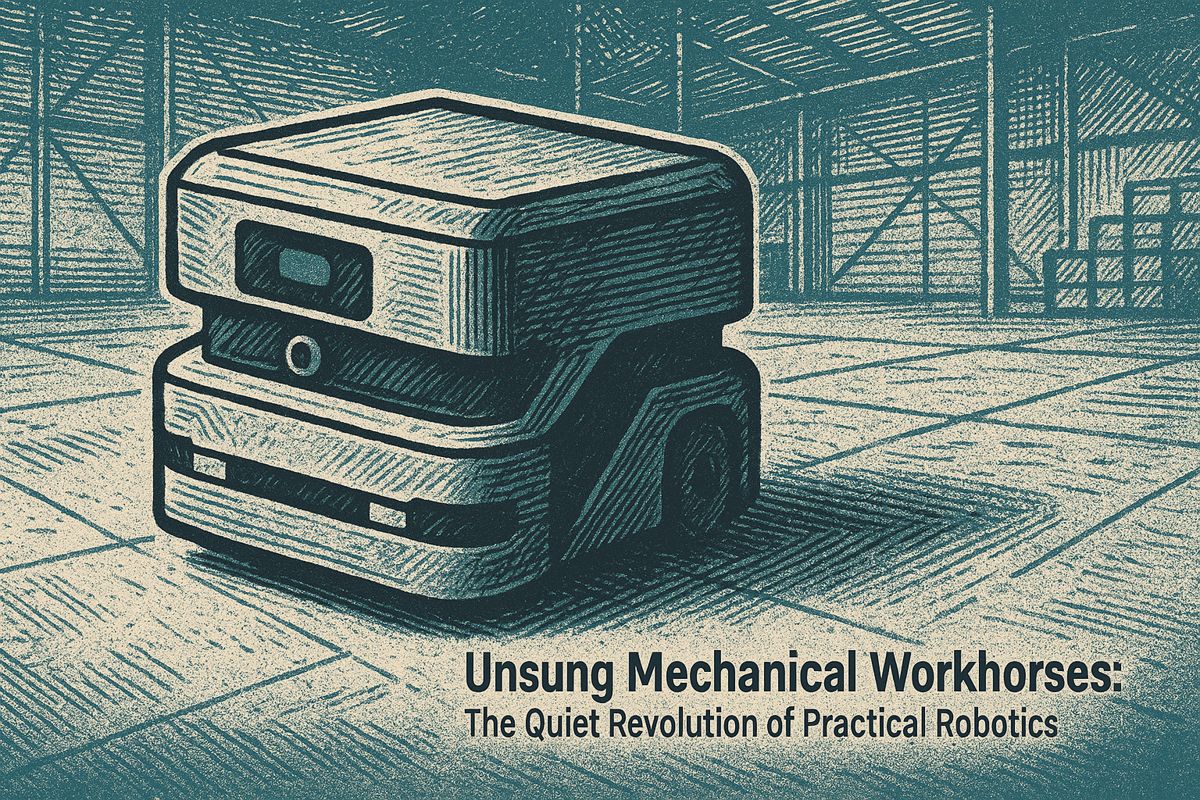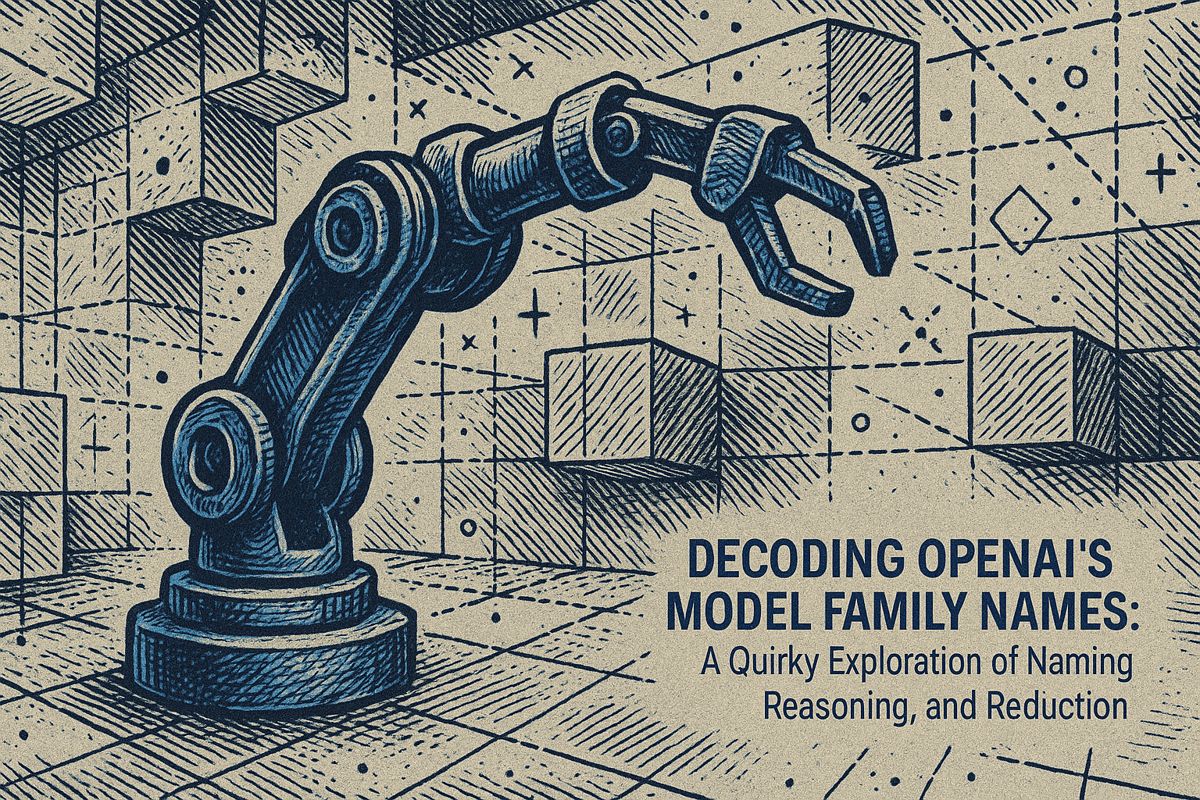Here’s the text with the most important phrase emphasized in markdown bold:
These boxy robots are quietly revolutionizing global industries, transforming how we work and produce goods. Designed for pure function rather than flashy appearance, these practical machines efficiently handle tedious tasks in warehouses, manufacturing plants, and logistics centers. With market projections reaching $18.6 billion in 2024, these unassuming robots are reducing errors, increasing productivity, and working seamlessly alongside human workers. Their real power lies not in Hollywood-style glamour, but in their reliable, data-driven performance that prioritizes efficiency over spectacle. As they continue to evolve through advanced algorithms and machine learning, these humble robots are fundamentally reshaping how industries operate, proving that true innovation often comes in the most unassuming packages.
How Are Boxy Robots Transforming Global Industries?
Specialized utility robots are revolutionizing manufacturing and logistics, with market projections reaching $18.6 billion in 2024. These practical, function-driven machines improve efficiency, reduce errors, and collaborate seamlessly with human workers across warehouses, production lines, and complex industrial environments.
Humble Machines in the Spotlight
Sometimes I catch myself watching those grainy clips of warehouse robots, their stubby frames trundling through pools of fluorescent light. These aren’t the darlings of Hollywood—no dazzling chrome, no humanoid grins. Instead, they look like rugged lunchboxes on wheels, and yet, they’re quietly orchestrating a seismic shift in the way the world moves. I’ll admit, during a plant visit in Ayutthaya back in 2019, I nearly tripped over one—a glossy red cart low to the ground, gliding past like a silent waiter at a particularly mechanized banquet. The concrete floor vibrated faintly as it passed. That moment has stuck with me, maybe because, despite its unglamorous form, the result was clear as day: fewer errors, more smiles, and a bottom line so healthy it might have run a marathon.
What strikes me most is how these unassuming robots have sidestepped the usual hype. Social feeds overflow with humanoid prototypes and sci-fi showpieces, but the machines that actually change our lives? They’re more toolbox than android. Take the plant’s star “Mira”—my nickname, not hers (or its). Mira didn’t wave or beep out greetings. She just hauled bearings, no drama, no downtime. I once quipped to an engineer, “She puts in more hours than I do.” His dry smile said it all.
Isn’t it odd, though? We chase images of metallic doppelgängers, but the real revolution rolls in unnoticed—like a river beneath ice.
Dollars, Data, and the Real Shape of Progress
Let’s ground this in hard numbers—facts so substantial they’re almost tactile. In 2024, $18.6 billion found its way into specialized utility robots across the globe. Not for humanoids, but for efficient, single-minded machines. They sort, haul, clean, and harvest, their designs dictated by function, not fantasy. The most commercially successful models? They resemble industrial chests rolling on rubber feet, not the faceless heroes of Westworld.
A market report from Statista, as dry as a saltine but twice as filling, projects that cobots 6collaborative robots 6will leap from $3.06 billion in 2025 to $15.15 billion by 2033. Meanwhile, the software driving these digital workhorses is swelling to an anticipated $18.98 billion by 2030. Asia, powered by manufacturing titans like Toyota, controls over 33% of the market share, while the Americas, never shy with a checkbook, account for 83% of total investment. Even IBM, a name synonymous with technological ambition, is doubling down on practical, AI-enhanced systems rather than silver-skinned fantasy bots.
I used to think the industry’s holy grail was imitation—build a robot that could pass for a person in a dimly lit room. Turns out, the grail is more of a battered mug: reliable, unremarkable, indispensable.
Practical Applications: From Tedious Tasks to Tireless Triumphs
Warehouses, with their vast labyrinths of inventory, once ran on sweat and spreadsheets. Manual picking devoured up to half of operational hours—soul-sapping work. Enter the GTP robot, which shuttles goods from shelf to picker without ever grumbling about overtime. Error rates drop. Productivity climbs. The sound of its wheels, a soft whirr, has become the new heartbeat of logistics.
And what about cobots? No, not droids from a galaxy far away. These are collaborative machines designed to stand shoulder to shoulder with humans—sometimes, quite literally. They excel at dangerous, repetitive, or boring jobs, all while keeping a watchful algorithmic eye on safety. The market swells by over 22% each year, and no, they still don’t need motivational posters. Every time a robot takes over a mindless task, a human can do something more interesting—or at least, less monotonous.
Here’s a curious thing: the software is the ghost in the machine, orchestrating each move. Algorithms decide what’s picked, packed, or even plucked from a field. Thanks to machine learning, these robots are growing more nimble, more adaptable, like chess players who improve with every match. When Toyota and IBM invest billions here, they’re not chasing science fiction—they’re betting on cold, hard efficiency. The real magic is invisible.
The Relentless Reality: Quiet Powerhouses and a Shift in Mindset
Why has Asia become the manufacturing mothership, while the Americas pour in the lion’s share of capital? Scale and appetite—simple as that. Asian plants, with their orchestrated chaos, provide the stage. Meanwhile, American investors, ever the gamblers, fan the flames. It’s a dance as old as commerce, though with a distinctly robotic rhythm.
These robots aren’t glamorous. They don’t inspire awe at first glance—honestly, their noises are more reminiscent of a tired vacuum cleaner than a symphony. Yet, their impact is profound. They don’t take coffee breaks, and certainly don’t require applause. Investors, hunting for ROI rather than razzle-dazzle, are drawn to that quiet dependability. After all, why chase a robot with jazz hands when a box on wheels can quietly save you millions?
Reflecting on that plant tour, I realize I once underestimated these squat machines. I wanted spectacle; what I got was substance. Relief, mixed with a dash of sheepish amusement—ah, the best lessons always come with a side of irony.
So, next time you picture robot-driven futures, don’t imagine chrome-plated dancers. Picture the unremarkable, tireless



















